You can contact LEARNZ, part of CORE Education, at:
Postal Address:
PO Box 13 678,
Christchurch 8141,
New Zealand
Biosecurity is the protection against pests and diseases. One of the great things about getting into the outdoors is experiencing the New Zealand landscape and its wildlife is. We can all play a part in protecting our natural environment from pests and diseases.
Animal and plant pests are a threat to New Zealand’s biodiversity. Most of these pest plants and animals were brought to Aotearoa by people.
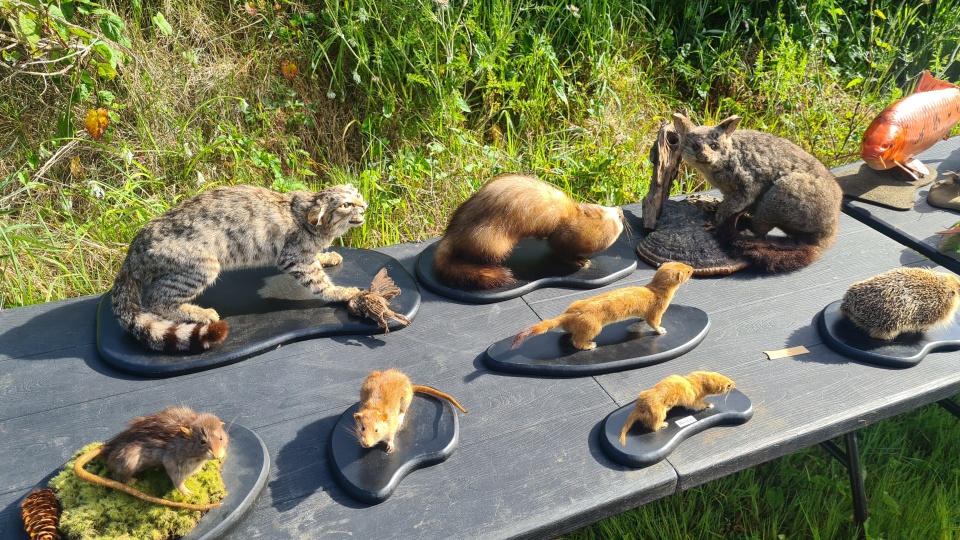
Animals such as possums, rats, feral cats, and stoats compete with our native birdlife for food and habitat. They eat the eggs and young and attack the adults. They have also reduced numbers of species like reptiles and invertebrates. These pest animals are often called introduced predators.
What’s the problem with pest plants?
Pest plants, often called weeds, threaten the long-term survival of some native animals by:
Weeds threaten our natural areas. They displace native vegetation and change ecosystems.
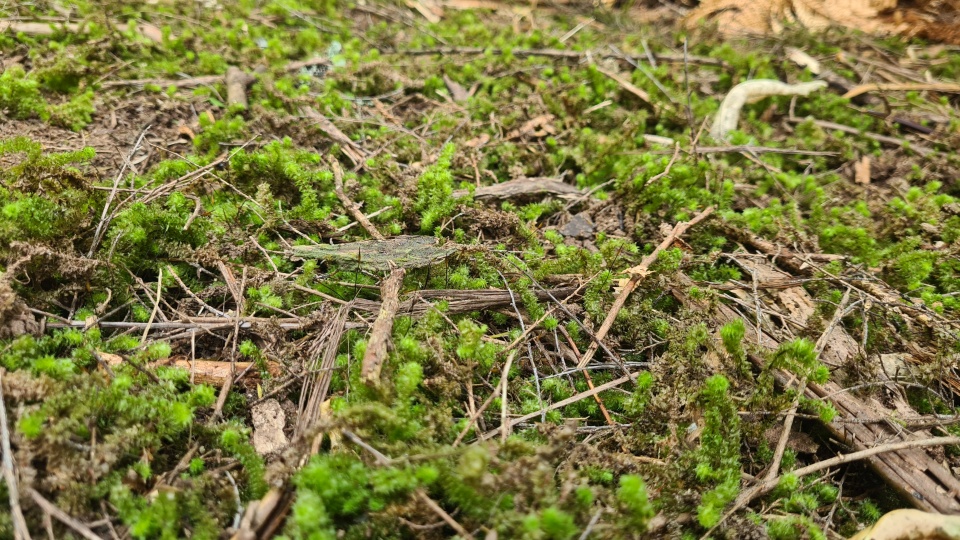
Kauri dieback is a disease that can kill kauri trees of all ages. Researchers are still working on a cure. Kauri dieback can be spread by dirty footwear, animals, equipment, and vehicles.
Some walking tracks in Aotearoa go through areas where kauri grow. To help stop the spread of kauri dieback, it is important to always:
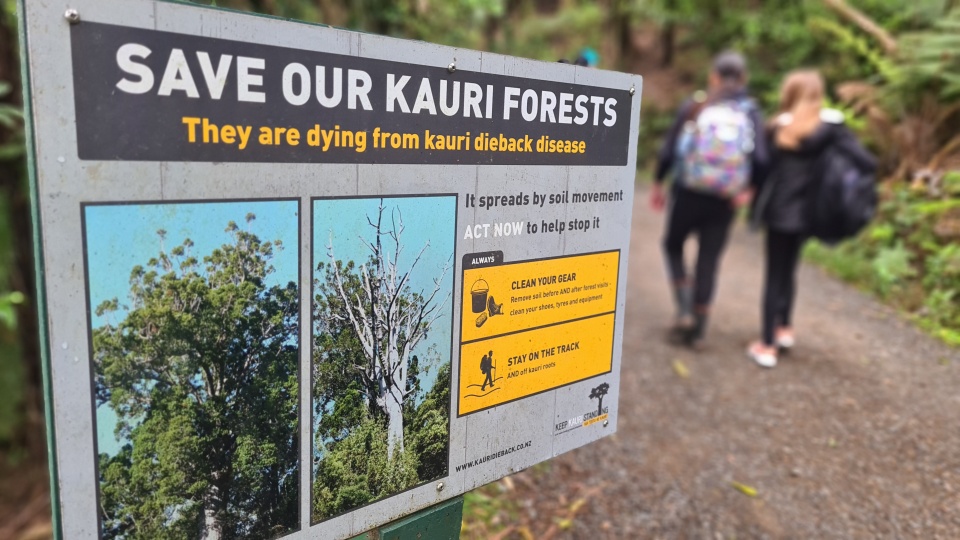
Getting involved in pest control and restoration is a great way to improve walking tracks and other natural areas near your place.
Animal pests are found in both urban and rural areas. You could monitor and trap these predators on your own property. Schools can also help by working with local councils to control predators in the school grounds. Schools can also encourage the community to get involved.
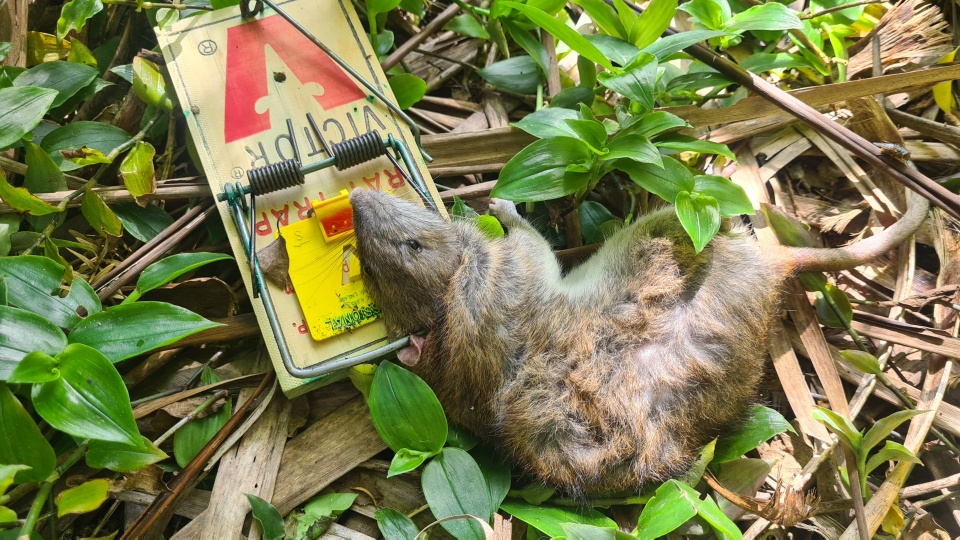
A good place to start is to find out what weeds are in your area. You can then start to look at replacing these problem plants.
Talk to your friends, family, neighbours, and classmates about the work you are doing in your own backyard. Encourage them to do the same.
Join community groups who are getting rid of weeds in your local area. Any help you can give will make a big difference.
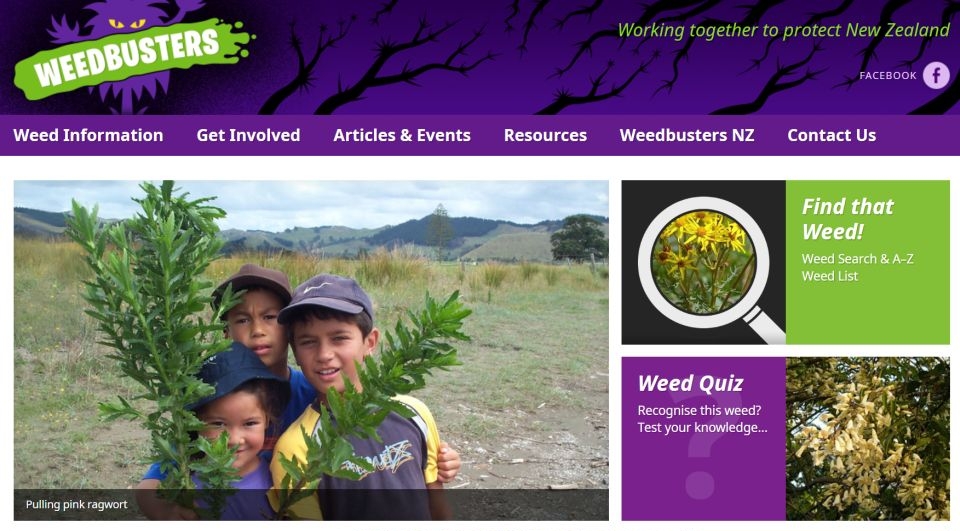
There are many groups around Aotearoa carrying out restoration planting. You could join a community group restoring areas such as:
Restoring areas with native plants:
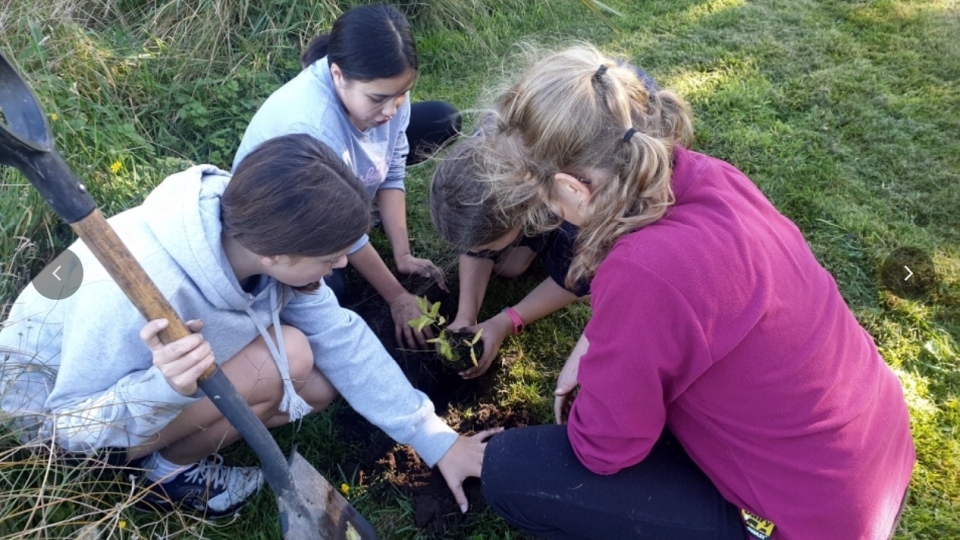
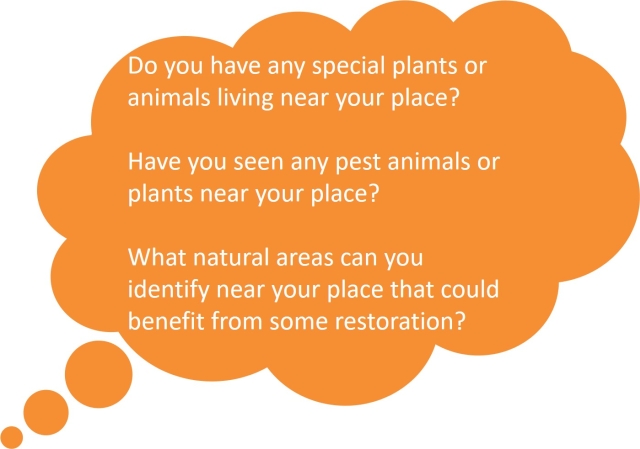
Try the Biosecurity in the outdoors quiz.
kauri dieback
links for monitoring and trapping animal pests
starting points for how to weed out weeds
useful links for getting a restoration project started